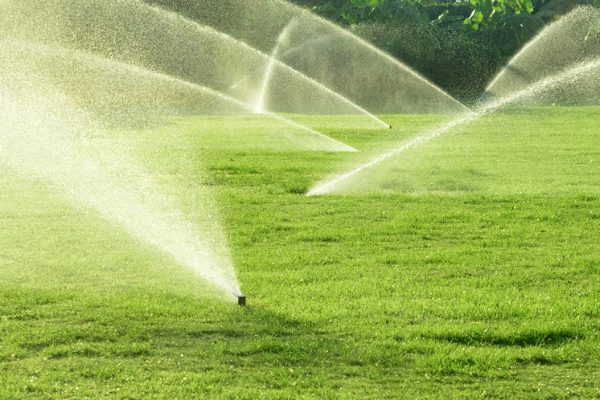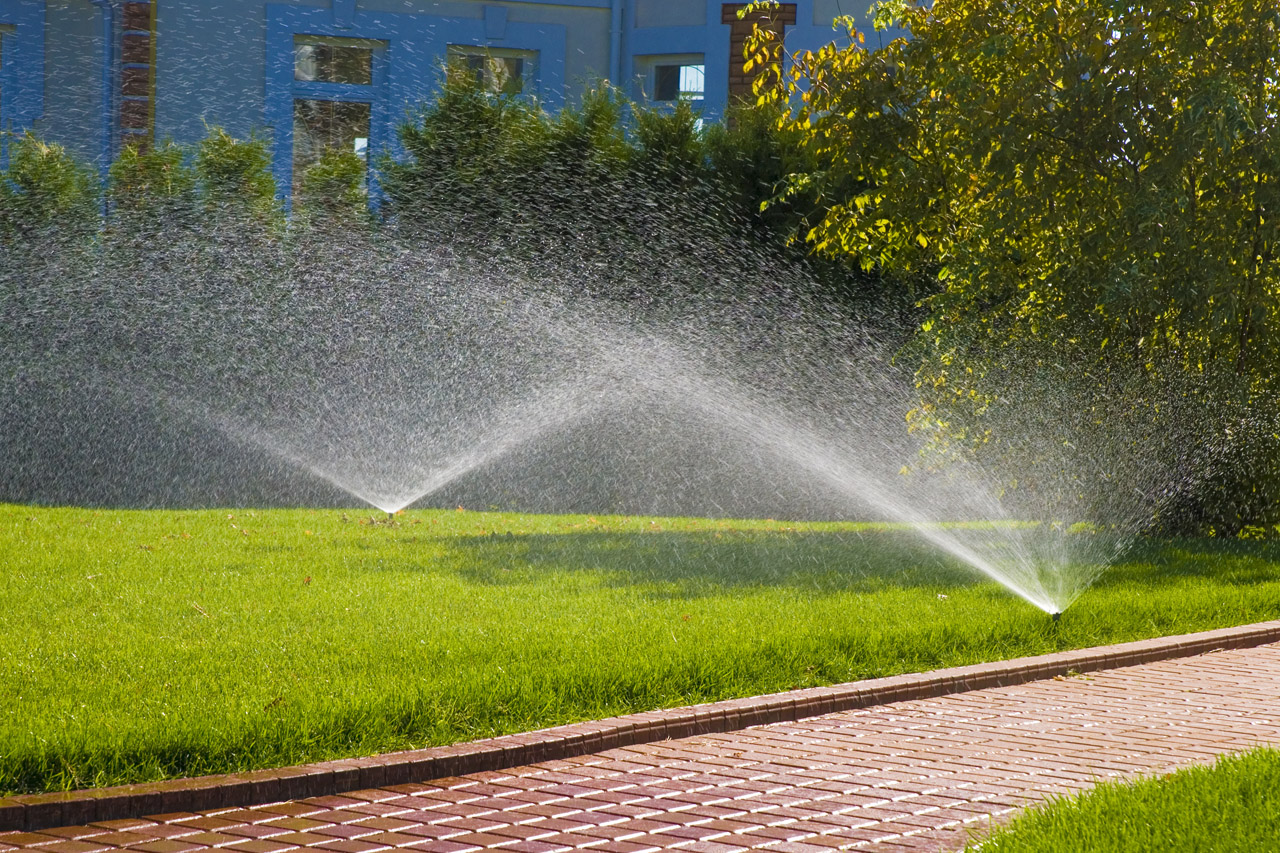If you’re a property owner or manager, then chances are you’ve heard the phrase “smart watering” before. Though not exactly a new concept, smart watering systems have exploded in popularity in the past five years, with people all over the world looking to improve the efficiency of their landscapes.
Many landowners swear by this money-saving irrigation method, both to reduce water waste and to improve the long-term health of their plants and lawns. In this article, we'll explore the science and benefits of smart watering systems, and show you how to get the most from your smart water system.
Water, AKA Liquid Gold
Water is a finite resource. You may remember the diagrams from school, showing puddles of water turning to clouds then back to rain. It’s a simplistic explanation, but the point is that all the water on earth is already part of the cycle. We currently have no method for producing more. To understand smart watering, we’re going to add another layer to the diagram: aquifers.
Aquifers are layers of rock beneath the ground that store water. As rain or melted snow seeps into the ground, it becomes groundwater. Aquifers fill very slowly, and it often takes decades for rainfall to leach down to them until they reach capacity. This means that aquifers can quickly dry up when people drain them faster than they are replenished—a process called aquifer depletion. When this happens - and it does, a lot - the impact is severe. Rivers dry up, crops struggle to grow, and saltwater begins to contaminate freshwater supplies.
So how is this relevant to smart watering? When we irrigate our outdoor spaces, we are essentially pumping fresh water from the ground at a much faster pace than we can replace it. Around 50% of the water used in property irrigation is lost to run-off, meaning we replenish the aquifer by less than half each time, and double our water bill in the process. Additionally, this means that a substantial amount of water we spray on our gardens doesn't permeate the soil enough to reach the roots. You can use as much water as you like, but if it doesn't hydrate your plants, you might as well be pouring it (and your money) down the drain.
What is Smart Watering?
It’s a myth that watering more means watering better. Not only does this approach hike up your water bills, but it can also lead to issues like root decay, especially if you don’t properly aerate your soil. On the flip side, under-watering can be lethal to plants and trees, and lead to dried-out, inhospitable soil.
How much and how often your landscape needs water depends on a host of different factors. As mere humans, we are often oblivious to the minuscule environmental changes that impact our landscape day-to-day, and as a result, often misjudge what our plants and lawns need.
That’s where smart watering comes in.
Smart Watering systems create automated watering schedules that adjust according to the specific conditions in your yard. Rather than simply switching on and off at a set time, they ensure your landscape gets exactly the right amount of water by monitoring factors like rainfall, plant water use, evaporation rates, and the temperature and moisture level of the soil. This means that your plants are never under or over hydrated, no matter what environmental changes occur.
Smart Water technology is so efficient that it saves the average user between 50% - 70% on their water bills, making it one of the most effective ways to reduce your landscape costs.
Maintaining Smart Watering Systems
We’ve said it before and will say it again: maintaining your landscape is vital to unlocking its full potential. Regular, consistent care is the number one way to ensure the long-term health of your outdoor space, and the same applies to your smart watering system.
As the weather does its thing, your sensors and sprinkler bases shift in the soil, which over time leads to natural wear and tear. When left, these scuffs can result in small leaks that might seem innocuous but can leave a serious dent in your water bill.
To make sure you’re feeling the full benefits from your irrigation system, T.Lake recommends regular check-ups to identify any potential problem areas. When issues are caught early on they are almost always inexpensive and simple to fix. However, if left to deteriorate, you may find yourself paying for expensive repairs, or in the most severe cases, a brand new sprinkler system.
For more tips on cutting your water bill, check out our six tips for saving money and reducing your water usage.
Start Saving Money Today
Earlier this year, T.Lake announced a new partnership with the pioneering irrigation company, Weathermatic. As part of this partnership, T.Lake is offering access to the company’s SmartLink Program, a water and money-saving system designed with efficiency in mind. The program combines cutting-edge science and market-leading technology to allow users to manage every aspect of their irrigation system through one easy-to-use app.
The best part? Weathermatic guarantees its users savings of at least 20%, with many slashing their water bills by more than 50%.
To learn more about how you could benefit from the Smartlink Program, get in touch via our website or call our office on 478-272-3878 to speak to a representative.
1 Oct 2024


